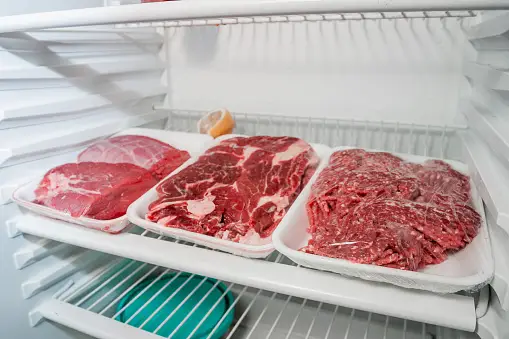Is your Samsung refrigerator giving you a hard time lately? Fridge repair can be a daunting task, but fret not; we’ve got you covered. In this comprehensive guide, we’ll walk you through common issues with Samsung fridges and how to troubleshoot and repair them. You’ll be on your way to a fully functioning refrigerator in no time.
Introduction
Samsung is renowned for its innovation and cutting-edge technology, but even the best appliances can run into problems. Refrigerators are no exception. If you’re experiencing issues with your Samsung fridge, this guide will help you identify and potentially fix the problem without the need for a technician.
Identifying the Issue
The first step in Samsung fridge repair is pinpointing the problem. Here are some common issues you might encounter:
1. The fridge Not Cooling Properly
A warm fridge is a cause for concern. The first thing to check is the temperature settings. Ensure the temperature is set to the recommended level, usually around 37°F (3°C). If the temperature is correct but the fridge is still not cooling, you may have a faulty thermostat or compressor.
2. Leaking Water
If you notice water pooling in or around your fridge, it’s essential to act promptly. Check the water supply line for any leaks or blockages. Clogged or frozen defrost drain tubes can also lead to water leakage.
3. Ice Maker Malfunction
An ice maker that’s not producing ice can be frustrating. Ensure the ice maker is turned on, and the water supply is connected. If everything appears to be in order, there might be an issue with the ice maker motor or water inlet valve.
4. Unusual Noises
Strange sounds coming from your fridge can be unsettling. Clicking, humming, or rattling noises could indicate a problem with the condenser fan or evaporator fan. A professional Samsung refrigerator repair service in might be needed in such cases.
DIY Troubleshooting
Once you’ve identified the issue, it’s time to troubleshoot. Here are some DIY steps you can take to address common problems:
5. Clean the Condenser Coils
Dirty condenser coils can lead to poor cooling. Unplug the fridge and vacuum or brush the coils to remove dust and debris. Clean coils help your fridge run more efficiently.
6. Defrost the Freezer
If your freezer is not cooling correctly, it might be due to frost buildup. Unplug the fridge and allow the freezer to thaw. Check for blockages in the defrost drain.
7. Check Seals and Gaskets
Faulty door seals and gaskets can cause air leaks, making your fridge work harder to maintain the right temperature. Inspect and replace damaged seals to improve efficiency.
8. Inspect the Water Supply Line
For water-related issues, check the water supply line for leaks, kinks, or blockages. Replace damaged water supply lines as needed.
When to Call a Professional
While many Samsung fridge problems can be resolved through DIY troubleshooting, some issues may require professional assistance. Here are a few signs that it’s time to call in an expert:
9. Electrical Problems
If you suspect an electrical issue, such as a faulty thermostat or compressor, it’s best to leave the repairs to a certified technician. Working with electrical components can be dangerous without the necessary expertise.
10. Refrigerant Leaks
Refrigerant leaks are hazardous and require specialized equipment to repair. If you suspect a refrigerant leak, contact a professional immediately.
Conclusion
Samsung fridge repair can be a manageable task if you’re equipped with the right knowledge and tools. By identifying the issue and following the appropriate troubleshooting steps, you can save both time and money. However, it’s essential to recognize when a problem exceeds your DIY capabilities and seek professional help when necessary. A well-maintained Samsung fridge will keep your food fresh and your kitchen running smoothly.





